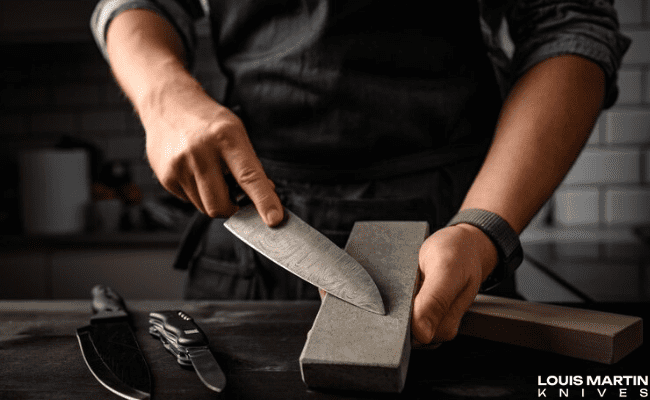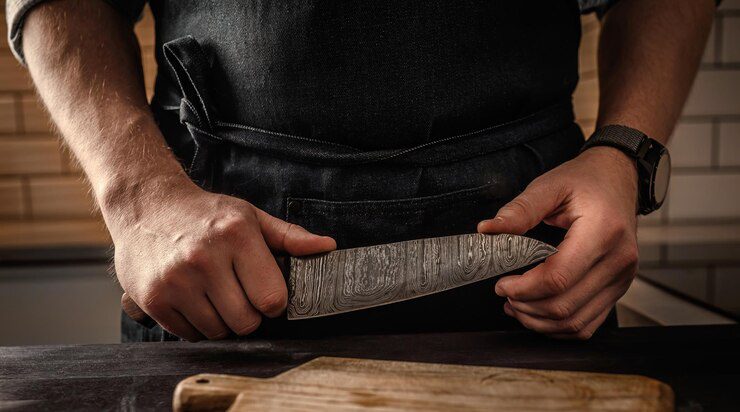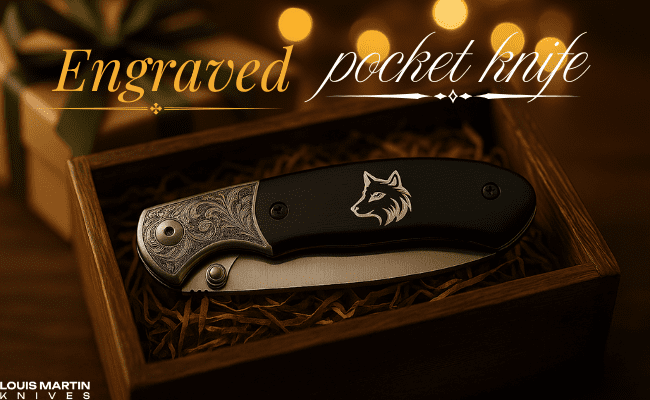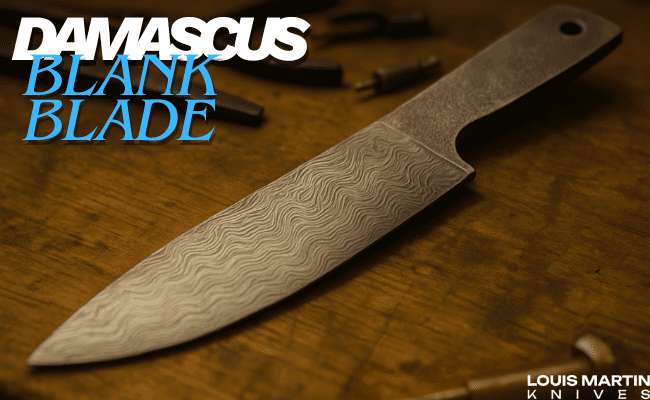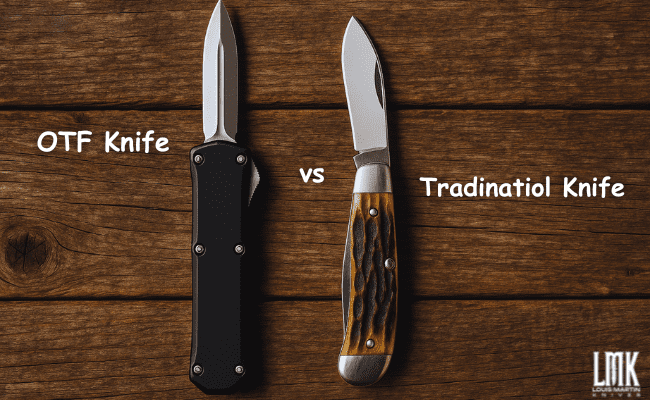What Makes a Damascus Knife Special?
A Damascus knife stands out for two reasons: performance and aesthetics. These knives are made by forging multiple layers of steel into one blade, creating a flowing, water-like pattern that’s truly unique to each knife. That layered look isn’t just for show it also contributes to the knife’s strength, flexibility, and sharp edge retention.
When we talk about the best Damascus knives, we’re referring to blades that combine this traditional forging technique with modern steel compositions, giving you a knife that’s both functional and a work of art.
But since the pattern is created through layers, aggressive sharpening or using the wrong tools can wear it down or scratch it out of sight. That’s why learning the correct sharpening method is crucial to have custom knives
Can You Sharpen a Damascus Knife?
Damascus knives are meant to be used, and every blade eventually dulls with time. However, unlike cheap kitchen knives, you can’t just drag your Damascus blade across a generic electric sharpener and hope for the best.
If you want to keep your knife in top shape, follow a gentle, controlled sharpening process. It’s not complicated, but it does require care and the right approach.
Tools You’ll Need
Before diving in, gather the following tools:
- Whetstone (preferably 1000/6000 grit combo)
- Water or honing oil (depending on your stone type)
- Leather strop
- Soft microfiber cloth
- Angle guide (optional, but helpful)
These tools are perfect for maintaining the best Damascus knives without stripping away the beautiful etched design.
Step-by-Step Guide
Step 1: Clean the Blade
Before sharpening, wipe the blade clean using a soft, damp cloth. You don’t want any grit or food residue scratching the surface while you work.
Step 2: Soak the Whetstone
If you’re using a water stone, soak it for about 10–15 minutes until bubbles stop appearing. If it’s an oil stone, apply a light coating of honing oil.
Step 3: Set the Angle
The ideal sharpening angle for most Damascus knives is 15 to 20 degrees. Use an angle guide if you’re unsure that consistency matters more than perfection.
Step 4: Begin Sharpening
Place the knife on the coarse side (1000 grit) of the whetstone. With light, even pressure, glide the knife from the heel to the tip in one smooth motion, as if slicing a thin layer off the stone.
Repeat 10–15 times on one side, then flip the blade and do the same on the other.
Important:
- Don’t press too hard. You want to refine the edge, not grind it down.
- Maintain the same angle throughout.
Step 5: Switch to Fine Grit
Once the edge feels sharper, flip to the 6000-grit side. This polishes the blade and refines the edge, reducing the risk of damaging the pattern with rough scratches.
Step 6: Stop the Knife
Use a leather strop to remove burrs and give the edge a mirror finish. Pull the blade across the strop (opposite the sharpening direction) 5–10 times on each side.
This final polish helps preserve the aesthetics of the best Damascus knives while improving their sharpness.
Step 7: Clean and Dry
Once finished, wipe the blade with a microfiber cloth and ensure it’s dry. Damascus steel can be prone to rust if left wet.
Tips to Avoid Damaging the Pattern of Damascus Knife
- Avoid electric sharpeners – They can be too aggressive and strip the layered steel finish.
- Don’t use pull-through sharpeners – These can scratch and gouge the blade.
- Use light pressure – Gentle strokes keep the etched pattern intact.
- Keep your knife dry and oiled – Moisture and neglect can erode the pattern over time.
- Never sharpen with a steel rod – It’s better for honing, not sharpening Damascus steel.
How Often Should You Sharpen a Damascus Knife?
The frequency depends on use. If you’re using your Damascus knife daily (e.g., in the kitchen or outdoors), sharpening every 2–3 months is ideal. For occasional use, twice a year should suffice. In between sharpenings, use a honing rod to maintain the edge.
Explore different types of Steels in Handmadeknives
Why Proper Sharpening Matters
Dull blades force you to press harder, increasing the chance of slips and accidents.
And remember, proper sharpening:
- Maintains the integrity of the Damascus pattern
- Prolongs the knife’s lifespan
- Keeps it functioning like one of the best Damascus knives should
FAQs
Q: Will sharpening my Damascus knife remove the pattern?
A: The pattern will remain intact if done correctly using whetstones and gentle strokes. The design goes beyond the surface; it’s etched into the layers of steel.
Q: Can I use a honing rod instead of sharpening?
A: Honing realigns the edge but doesn’t sharpen. Use it between sharpening sessions to maintain sharpness, but not as a replacement.
Q: Is it safe to use oil on a Damascus knife?
A: Yes. Food-safe mineral oil helps prevent rust and keeps the blade hydrated. Avoid vegetable oils as they can go rancid.
Q: How do I know when it’s time to sharpen?
A: If your knife no longer slices tomatoes cleanly or feels like it’s crushing food rather than cutting, it’s time to sharpen.
Q: Are all Damascus knives the same quality?
A: Not at all. The best Damascus knives use high-carbon steel layers, professional forging methods, and precise heat treatment. Lower-end versions may just have a surface pattern etched on.
Conclusion
A Damascus knife deserves more than just ordinary care it requires precision, patience, and the right technique. By following the steps above, you can sharpen your Damascus blade without damaging its beautiful pattern.
Whether you own a kitchen essential or a collectible masterpiece, proper sharpening ensures your knife remains both functional and beautiful for years to come.
